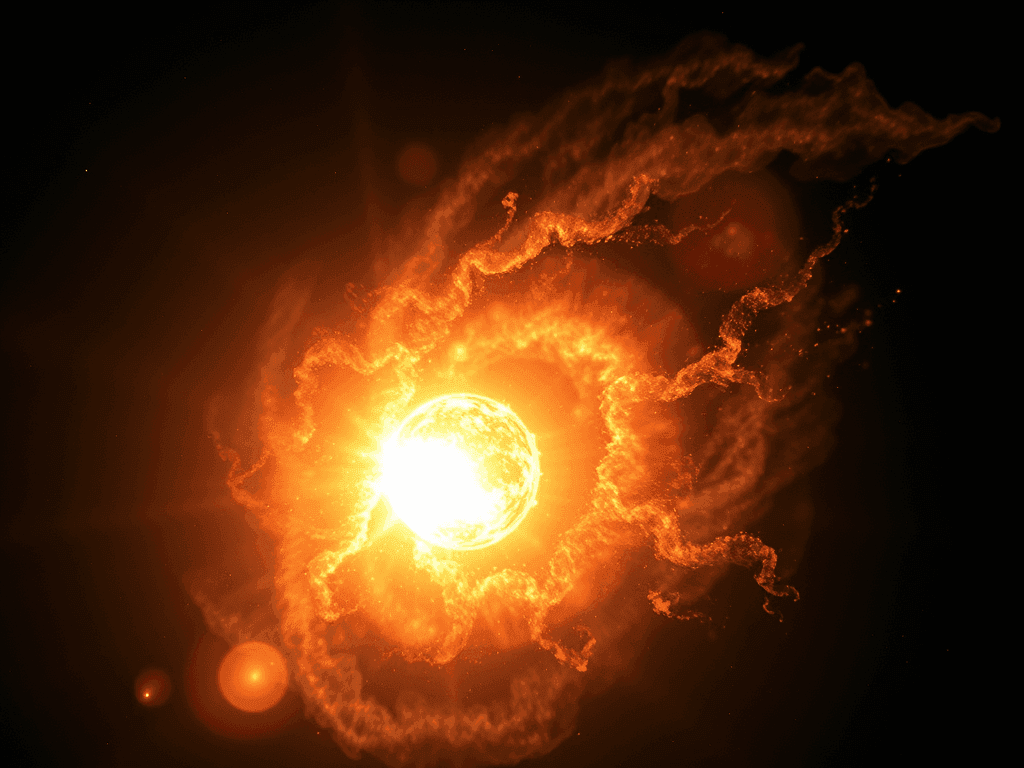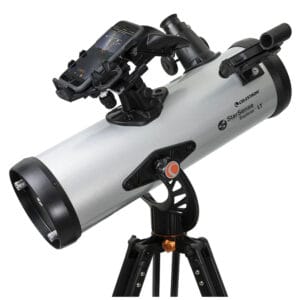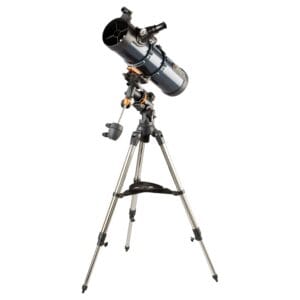What is a Supernova?
A supernova is one of the most powerful and fascinating events in the universe. It’s the violent death of a star, releasing more energy in a fraction of a second than our sun produces in its entire lifetime. During this cosmic explosion, the star becomes so bright that it can be visible to the naked eye – even from thousands of light-years away.
There are several types of supernovae, depending on the type of star and the cause of the explosion. What do they have in common? They mark the end of a life, but often also herald the beginning of something new: heavy elements, black holes, and even the building blocks of planets are created during these gigantic force fields. For astronomers, supernovae provide a rare glimpse into the evolution of the universe. For enthusiasts like you, it’s a unique chance to witness that process firsthand.
T Coronae Borealis: a Star on Edge
T Coronae Borealis, nicknamed the Blaze Star, is anything but an ordinary star. This binary star in the Northern Crown constellation consists of a red giant and a white dwarf orbiting each other in a close orbit. When the red giant transfers matter to the white dwarf, pressure builds up – literally. When this pressure becomes high enough, a thermonuclear explosion can follow.
This has already happened twice, in 1866 and 1946: the star suddenly lit up spectacularly and attracted worldwide attention. Now, almost 80 years later, T Coronae Borealis is again showing behavior that strongly suggests an impending eruption. And this time, it might not just be a nova, but possibly a full supernova – a phenomenon we might only see once in our lifetime.
Why this Supernova is Special
Supernovae are rare. But a supernova that is both predictable and visible is almost unheard of. That’s what makes T Coronae Borealis unique. Astronomers worldwide are closely monitoring every fluctuation in brightness and temperature. Thanks to observatories like the James Webb Space Telescope, we have the first-ever opportunity to follow a supernova live, from initial signals to full explosion.
Additionally, this star is relatively close to us. If an explosion does occur, its light would be visible to the naked eye, even from your backyard. In some scenarios, the object could temporarily become brighter than the North Star.
When Will it Happen?
There’s no exact date yet, but the signs are compelling. The temperature, light curve, and energy activity of T Coronae Borealis indicate that an eruption is imminent. Some models predict a supernova this year (2025) or 2026 – but an exact time is impossible to guarantee.
What is certain: being prepared makes the difference between a missed opportunity and an unforgettable observation. Once the eruption begins, it will likely remain visible for several days to weeks. After that, the phenomenon will disappear forever.
📩 Want to be the first to know when it happens?
Sign up for our monthly Stars and Planets Guide. You’ll receive updates about notable events in the night sky, including immediate notifications when the eruption of T Coronae Borealis begins.
How to Observe a Supernova?
To observe the potential supernova of T Coronae Borealis, you don’t need an observatory – but you do need a telescope with sufficient light gathering power and brightness. Supernovae are bright, but often located in relatively faint constellations like the Northern Crown. The more light your telescope captures, the more details you’ll see.
For these types of observations, Newtonian telescopes with large apertures or Dobsonians are the best choice. Consider:
✓ Omegon Dobson Push+ N 203/1000 – large mirror, intuitive operation, and app support
✓ Celestron StarSense Explorer Dobson – ideal for quickly finding objects via smartphone
✓ Bresser Messier N 130/650 – compact yet powerful, excellent for beginners with serious ambitions
These models offer an ideal combination of light gathering power, ease of use, and expandability for astrophotography or live observations.
Are you a beginner? Use our telescope selection guide to easily discover which model suits you best.
Also check out our complete range of telescopes for stargazing and prepare well for this unique cosmic moment.
Conclusion
The potential supernova of T Coronae Borealis is a once-in-a-lifetime chance to witness a cosmic explosion with your own eyes. This isn’t an everyday celestial phenomenon, but a rare moment in astronomical history. With the right telescope, you won’t just be a bystander – you’ll be part of it.








